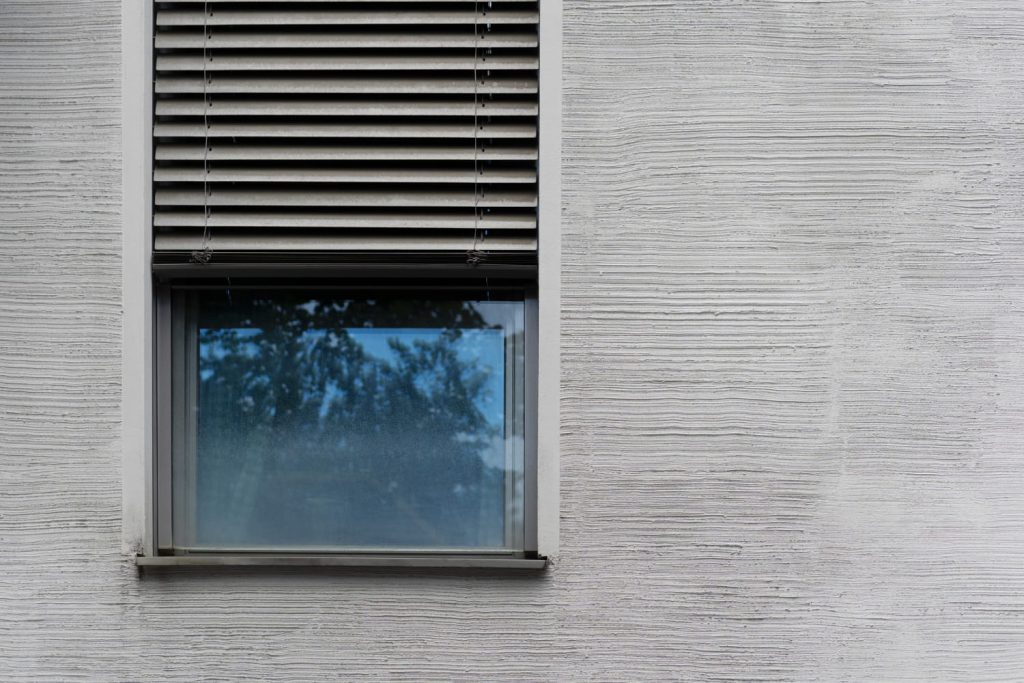DIY outside window shutters installation looks manageable until you’re three hours in, the frame’s crooked, and you’ve stripped two screw holes in your brick veneer. Professional installation costs more upfront but saves you from expensive mistakes that compromise both function and your home’s exterior.
Brick Damage Is Permanent
Drilling into brick or rendered walls without proper masonry knowledge creates problems you can’t undo. Hit a mortar joint wrong and it crumbles. Crack a brick and it needs replacing. Use incorrect anchors and shutters pull out during wind, taking chunks of wall with them. Professionals identify wall construction—double brick, cavity brick, rendered concrete—and select appropriate fixings.
Wind Load Calculations Matter
Shutters aren’t decorative—they’re structural elements catching significant wind pressure. Coastal areas, upper floors, and exposed positions require engineering calculations that most homeowners skip. Under-specified fixings mean shutters rip off during storms, damaging the shutters, your walls, and potentially whatever they hit. Installers factor local wind ratings and position-specific exposure into fastener selection and spacing.
Frame Alignment Affects Everything
Shutters out of alignment by 3mm look wrong and operate poorly. They bind, wear unevenly, and let light through gaps. Getting frames perfectly plumb and square on walls that aren’t flat or level requires experience and specialty tools. Amateur installations often compensate with shims and packers that fail over time, leaving shutters sagging within months.
Weatherproofing Gets Overlooked
Water penetration around shutter frames causes hidden damage—rotting timber, rusting lintels, and damaged internal walls. Proper installation includes flashing, sealants in the correct locations, and drainage considerations. Many DIYers seal everything solid, trapping moisture inside wall cavities. Others skip sealing entirely. Both approaches cause expensive hidden damage discovered years later.
Matching Existing Architecture
Outside window shutters need positioning that respects your home’s design. Too high, too low, or incorrectly spaced looks amateurish and affects property value. Professionals understand architectural proportions and adjust installations to suit window styles, brick coursing, and existing features rather than just centring everything mechanically.
Operating Mechanisms Need Precision
Shutters with louvres, hinges, or opening panels require precise installation for smooth operation. Slightly misaligned hinges bind and wear. Louvre mechanisms jam if frames aren’t exactly parallel. Track systems for sliding shutters need perfect alignment, or panels will stick. Getting this right requires understanding how mechanisms function, not just following basic instructions.
Warranty Protection Matters
Most shutter warranties are void with DIY installation. Something fails, and manufacturers blame improper fitting. Professional installation includes workmanship guarantees covering both product and labour. You’re protected if issues emerge, rather than being toldthat installation error voids coverage.
Interior Considerations
While wooden plantation shutters face fewer weather challenges, professional installation still matters for operation and aesthetics. Internal shutters need precise measurements accounting for window reveals, handles, and opening clearances. Small errors become obvious daily annoyances when shutters don’t fold properly or interfere with curtains and blinds.
Time and Tool Investment
Proper installation needs masonry drills, impact drivers, levels, measuring equipment, and specialty bits most homeowners don’t own. Hiring or buying these tools plus your time often costs similar to professional installation—except you’re left with equipment you’ll rarely use again and results that might not be correct. Professionals complete in hours what takes DIYers full weekends, and they’re insured if something goes wrong.

